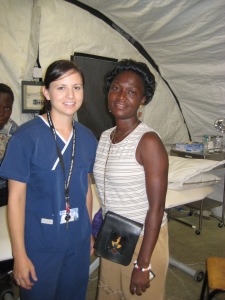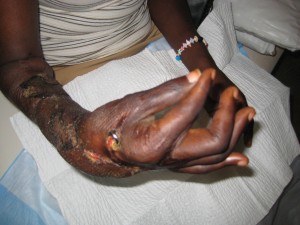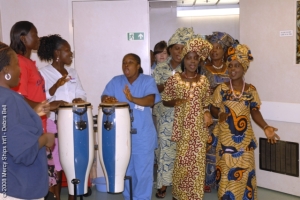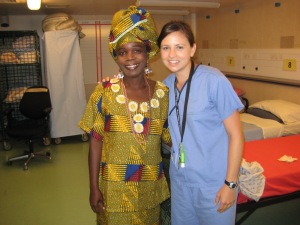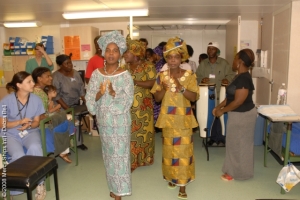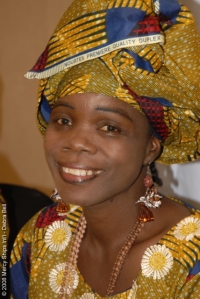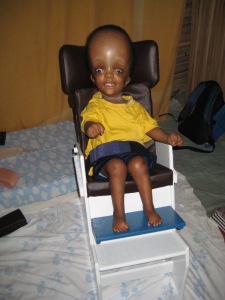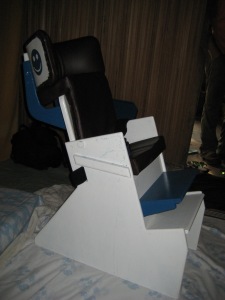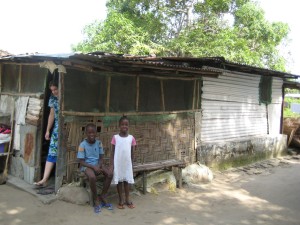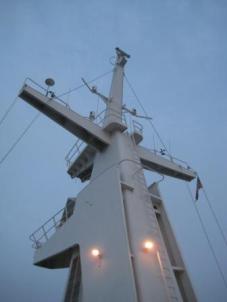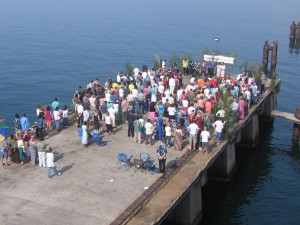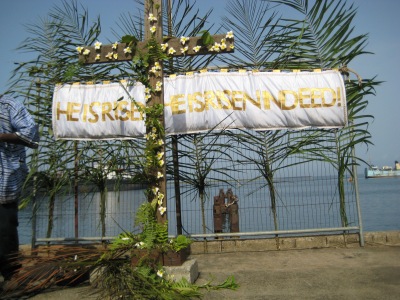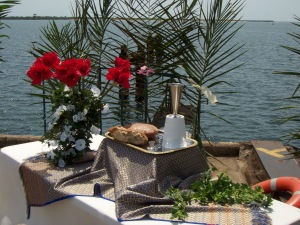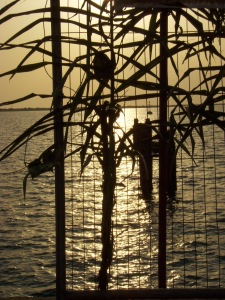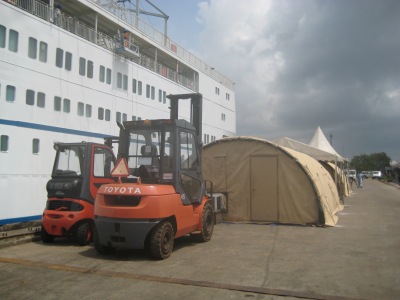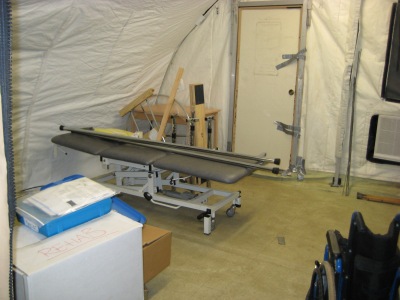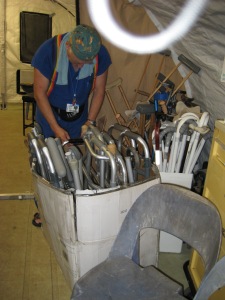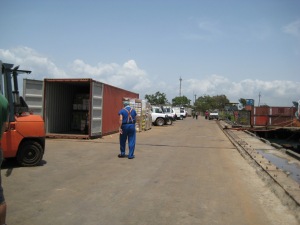I am home now, into my third week back at work. Many people have been asking me if I ever got to really be an OT on the ship. I realized that I have not blogged about that at all. So, the answer is “yes” the last month on the ship was very busy and I was able to use my skills as an OT to help plastic surgery patients, both children and adults. Most of the patients were burn victims who have had terrible burn scars that impede their function. When a severe burn heals, the body makes scar tissue to cover the exposed areas, but that scar tissue often causes a contracture which is like a tight area of skin over a joint that keeps it from functioning. In areas where good health care is available, sometimes the contractures can be avoided by rehab in the initial phases, but not always. The plastic surgeon can either cut the skin in a Z formation and realign the skin in a way that it covers more area, or in larger areas he/she must cut away the old scar and put a skin graft from another area of the body in its place. The patient then has to have the joint immobilized for several days to let the skin graft “take” or start adhering to the other tissues so it stays in place. Sometimes the joints are held in place by removable wires so they don’t move. So even after the surgeries had started, I still had a lesson in patience until the first patients were ready for therapy. But the day finally came that I was able to make splints to position the joints properly after the wires were removed, start range of motion exercises and teaching the patients how to massage the scars so they would be softer. It was hard work and often times the first few sessions were very painful. But it paid off and by the time I left I was beginning to see some good results for many of the patients and I could tell they were on their way to better function. Sonnie was a lady that I really enjoyed working with. I can’t remember how she got her burn, but her wrist was bent backwards so far that the top of her hand was almost touching the top of her arm. She told me she wanted to go to college, but she quit school after her injury because she could no longer write. Her tendons were also damaged from the burn, but her wrist was able to be straightened and I got to be the first one to encourage her to hold a pen and try writing. She was able to maintain her grasp on the pen and write her name slowly, but legibly. I gave her a pen and paper to take home to practice. She is another patient that I might never hear from again, but I really hope she gets to go back to school.
Me and Sonnie.
Sonnie’s hand with a healing skin graft and K-wires still in place, showing of her pinch.
